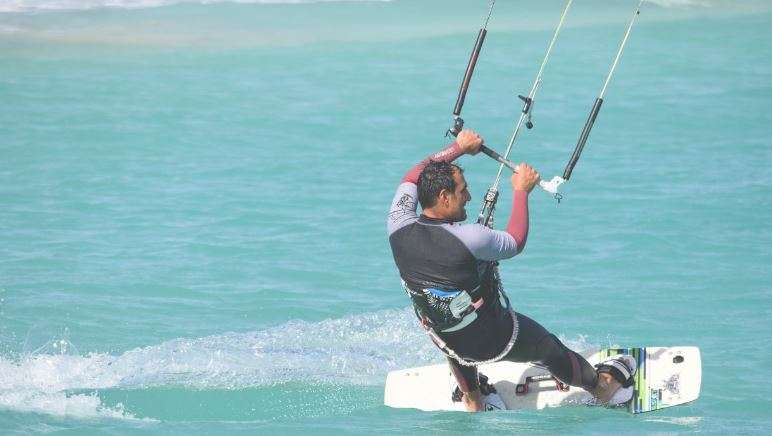The Usage of Wind Energy
In this article, we will discuss The Usage of Wind Energy. Wind is a phrase used to describe the large-scale movement of gases. In many places of the world, the wind can be used to generate power (through wind turbines) on a home or industrial scale. Onshore and offshore wind farms may both generate considerable amounts of electricity.
In this part, you will be able to read a wide range of articles about wind energy, wind power, and wind turbines.
Wind energy is a renewable energy source that can be used for a variety of purposes. If you’ve ever wondered what the actual applications of wind energy are, this article is certainly worth a read. We’ll look at numerous techniques to harness the wind’s kinetic energy. Some of these applications may even surprise you.
To Wind Energy Production :–
One of the most common use for wind energy is to generate electricity. A wind turbine captures wind energy throughout this operation. As the wind begins to move the turbine’s blades, a generator begins to run, producing power.

Since the invention of the first electricity-generating turbine, wind power has grown in popularity and efficiency. Scottish professor James Blyth created the world’s first wind turbine in 1887 to produce power for the lighting of his vacation home.
Today, we have the technology to build massive wind farms. Depending on their scale, both onshore and offshore wind farms can power millions of homes.
In this article, we will discuss The Usage of Wind Energy.
Table of Contents
In terms of transportation:–
Wind energy is also used in transportation. Wind energy has been used for sailing by civilizations for thousands of years. Researchers believe that sailing has existed in some form since at least 5000 BC. In recent years, both tiny and huge ships have been seen capable of sailing under the power of the wind.
Some modern maritime businesses are re-embracing wind energy, which may surprise you. Large kites have been placed on vessels ranging from fishing trawlers to cargo ships. Under the correct conditions, these can help to reduce fuel usage on lengthy journeys by up to 30%. This is an obvious draw for organisations who spend a lot of money on fuel and want to lessen their carbon footprint.
For Wind Sports :–
Wind energy is more fun when used for sports and activities that rely on the power of the wind. Here are a few examples of sports that make use of wind energy:

- Windsurfing entails using a mast and a sail linked to a surfboard on which a person stands while controlling the sail.
- Sailing – This more conventional application of wind energy can be found in sports where individuals or teams compete against one another.
- Land Sailing – Similar to sailing, but practised on land with a tiny vehicle equipped with wheels and a sail.
- Kitesurfing – A kitesurfer stands on a surfboard while holding on to a kite. They then ride the waves as well as the air, reaching great heights in the process.
- Kiteboarding is similar to kitesurfing, however it is done on land and the surfboard is substituted with a smaller wheeled board.
- Kitebuggying is similar to kiteboarding, except that a small buggy is used instead of a board and the person sits rather than stands.
While you may believe that activities like parachuting and gliding make use of wind energy, this is not the case. These sports are classified as ‘air sports,’ yet they do not always rely on wind energy for propulsion.
In Food Production :–
Wind energy has traditionally been used in agriculture. Windmills were frequently employed prior to the industrial revolution for grinding grain so that it could be used to make food such as bread. In more recent periods, the arrival of electricity and motors has rendered such buildings obsolete. As a result, manufacturers can now produce products like flour much more effectively.
For Water Pumping :–
You may be unaware that wind energy may also be used to pump water using a wind pump. Wind pumps resemble regular windmills, except instead of milling grain, they can pump water.
Historically, these buildings were used to drain land. Wind pumps, like windmills used in agriculture, have nearly all been replaced due to the development of electric motors.
Overview :–
So there you have it: five of the most common applications for wind energy. While some are more popular than others, each has its own set of advantages. Wind resources can be used for personal enjoyment, to lessen our carbon impact, or even to reduce our reliance on fossil fuels.
Wind energy systems that generate electricity are by far the most popular nowadays. Sailing has historically been the most common application of wind energy. Windmills were also often used to grind grain for food production.